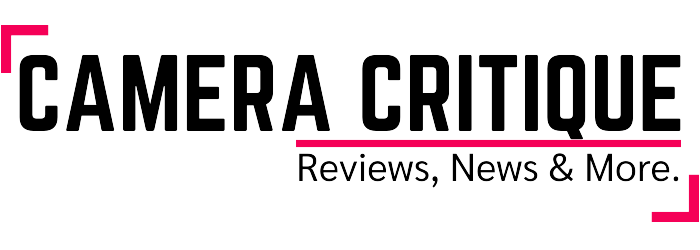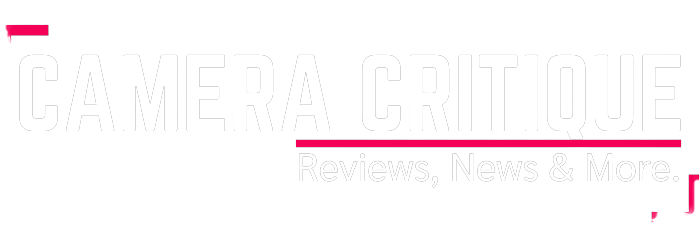In today’s article, we are going to see the Wedding Photography Gear Checklist that will help you to photograph Awesome weddings.
A wedding is a grand, unrepeatable, emotionally charged event at which expectations run high, and second-best won’t do. Being a wedding photographer requires dedication and talent, but having the right equipment is crucial if you expect to achieve sharp, well-composed photo.
On that note, Let’s have a look at the essential equipment for wedding photography.
These are the essentials equipment for wedding photography
1. The Camera
So the most cameras can be great in ideal conditions, but only the top-level equipment will work for wedding photography. The reason for this is because weddings bring with them a wide range of shot types (think: portraits, candids, close-ups, wide shots of a venue, etc.), environments, and lighting.
With this in mind, the main camera you are working with should be of the highest quality. While it’s true that “gear is not everything”, good gear will help you get yourself out of a bind much better.
If you are a wedding photographer on a budget, we suggest investing first and foremost in a quality camera body on a budget.
On that note let’s see the next wedding photography equipment.

2. Lenses for Every Situation lens
After your camera, the lenses you are working with are critical to capture the wedding day effectively.
Having shot in a wide range of locations, we’ve really come to nail down what lenses we want to use in different scenarios. This has actually even led to us putting away lenses we once really loved (like the Canon 135mm f/2 prime lens), not because it’s a bad lens, but because it just doesn’t suit the wedding day for us.
While every wedding photographer will have their set of preferred lenses, our choice of lenses comes down to a few simple things like Lightweight, High quality, and Flexible. But not every lens we have to meet all 3 of these criteria – but every lens we shoot with on a wedding day meet at least one of these things. To do this, we have a combination of telephoto zoom lenses and prime lenses.

The most flexible lenses are the zoom lenses. To some extent, we sacrifice a little bit of image quality and the ability to shoot really wide open for convenience. This is essential when shooting the ceremony (as an example), because we don’t want to be rushing to our camera bag to switch our lens all the time. The Canon 70-200mm f/2.8 is really perfect in this sort of environment. Alternatively, our prime lenses are there for specific purposes. The Canon 85mm f/1.2 lens, for example, is really perfect for portraits throughout the day.
If you want to read more in-depth lists then check out the best Nikon’s lenses and canon’s lenses for wedding photography.
3. Flash & Lighting Equipment
Many people call themselves natural light photographers. There is nothing wrong with that. However, if you want to shoot weddings, I encourage you to be open-minded and explore the possibility of learning to use flash. Weddings, especially evening receptions can be notoriously dark, and having a flashgun will give you awesome photos.

Now that leads us to the next equipment,
4. Memory Cards & Batteries
Ah, memory cards and batteries. These are probably the least exciting things for wedding photographers to worry about, but the most serious things if you aren’t using good quality ones or don’t have enough on hand to get through the day.
To give some perspective, we have about 20 SD cards (not that we need them all for a single wedding, but we always keep the photos backed up on them until our photo editing & online gallery delivery is done) and around 15 camera batteries. Why so many? Because it can be hard to predict how many you will need throughout the day. Things like cold weather or using a flash more than expected can really eat into your battery power, so having backups is essential.

And that leads us to the next essential equipment for wedding photography.
5. Tripod & Light Stands
Your need for a tripod and light stand will be dictated by your photography style.
If you have no need to stabilize your camera with a tripod, you don’t need one. We recommend having one, even a cheap one, mostly for artistic shots. For example, we often like to take shots of a venue at night with a long exposure so we can capture stars and light trails. This type of shot requires a tripod. Others use them to get more crisp portrait shots too.
For light stands, just buy well-reviewed ones to accompany the number of off-camera flashes you plan to use.

6. Camera Bags for Wedding
As you come to require a decent amount of photography gear to shoot a wedding, a good camera bag will be very valuable to make it easier to transport and access this stuff more easily. We’ve actually done is a good amount of (unexpected) testing in this area as we have had multiple camera bags for wedding photography

7. Lens Cleaning Kit
Chances are you already have a lens cleaning kit lying around. From buying various cameras and lenses in kits, we’ve come to be owners of like 10 of these. As prep for wedding photography, we highly suggest cleaning your camera lenses. You can gently blow off dust particles and wipe down the glass with a cleaning solution.
8. Other Helpful Equipment But Non-Essentials
So these equipment are not so essential but i find very handy,
Grey card –
You shoot at a fast pace in various lighting scenarios during a wedding – indoors, outdoors, tungsten, LED, natural lights, etc. It would be crazy to use a grey card every time you moved! You can shoot in Kelvin or use Auto White Balance. The important thing is that you shoot in Raw so you can adjust the white balance in post.
Reflector –
I used to carry a reflector when I first started, but now I take my flash guns instead. And I never go without at least two of them! But a reflector is handy. Because I don’t carry one with me most of the time now, when I shoot small details, I use a small piece of white card or anything white that may be handy.
Flash diffuserI –
like to bring a Gary Fong Lightsphere to put on top of my flash. It helps to diffuse the light and make for better portraits on the fly when you don’t have time to set up lights.
Studio strobes and umbrellas-
Some people may disagree with me that this is essential, but I like to have powerful strobes (more power than speedlights) to use on formal portraits if I need them. Sometimes, it rains or is too cold and I’m forced to take formals in a dark church. In this case, I like have the speed and power of strobes to evenly light up a large group of people.
Final Words
There you have it: Wedding Photography Gear Checklist.
Now I’d like to hear from you:
Are there any essential wedding photography gears here that I missed?
Or maybe you have a question about one of the equipment I mentioned.
Either way, leave a quick comment below right now.


